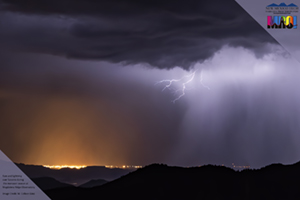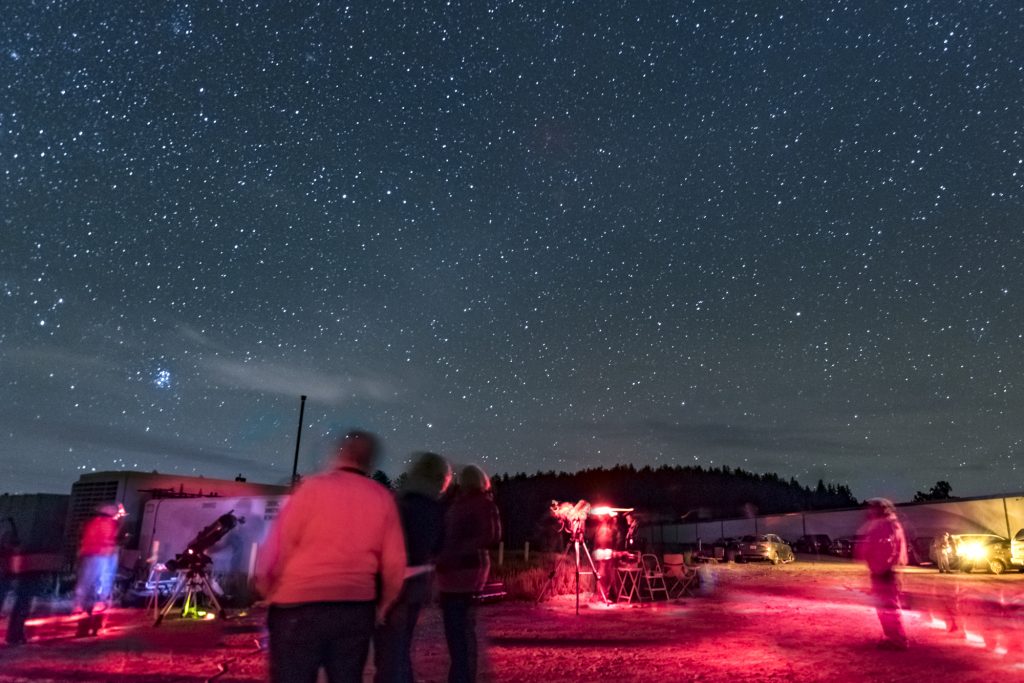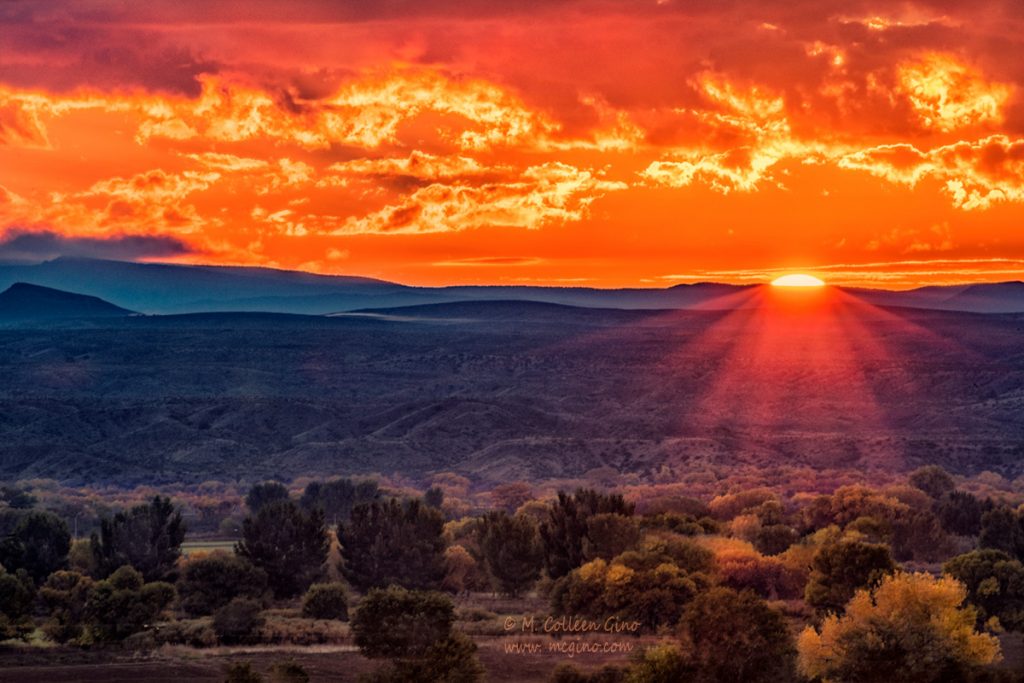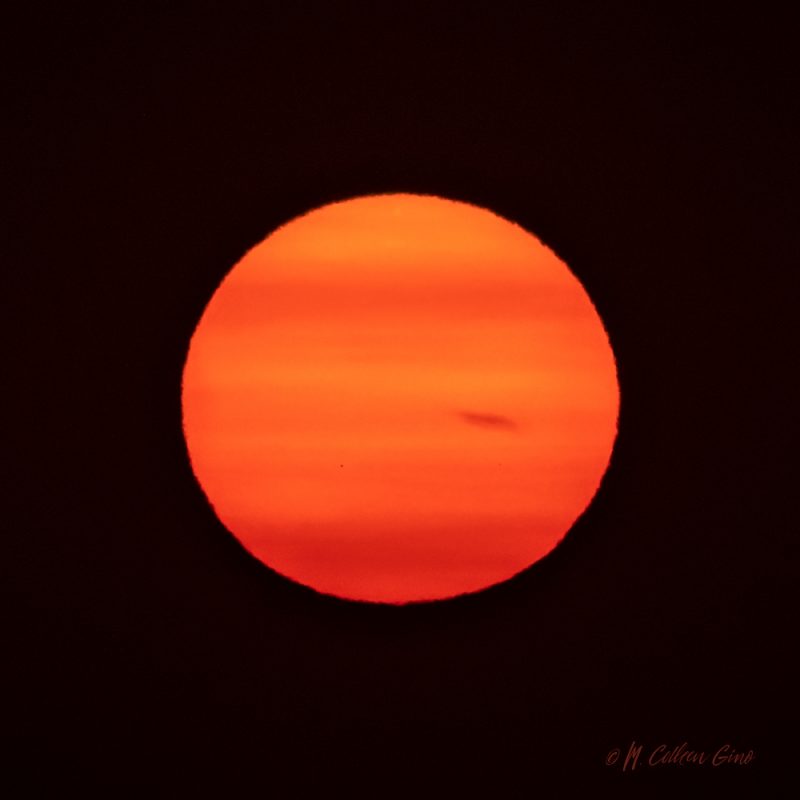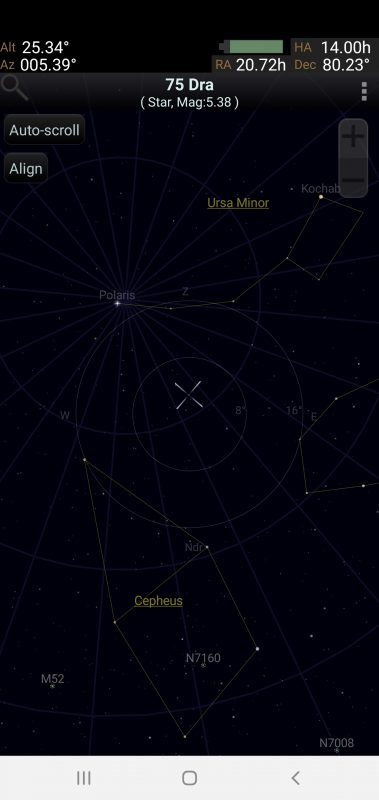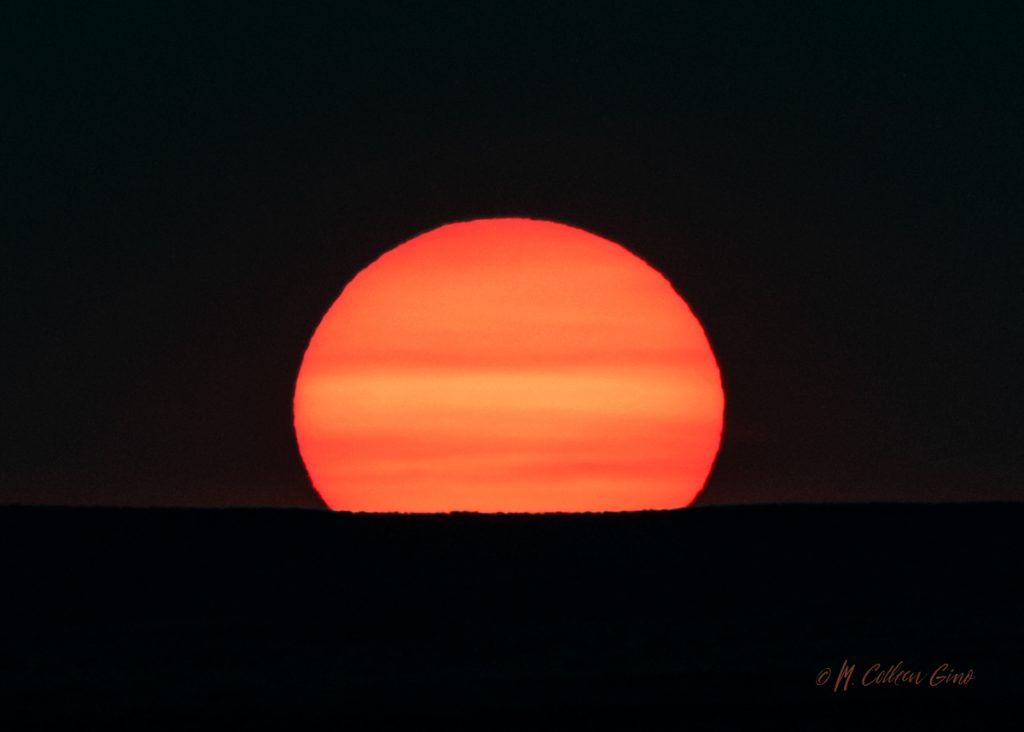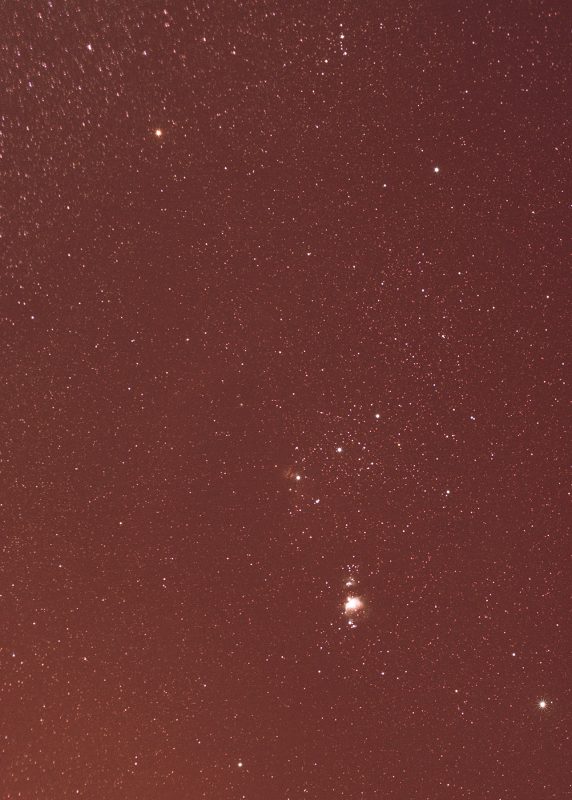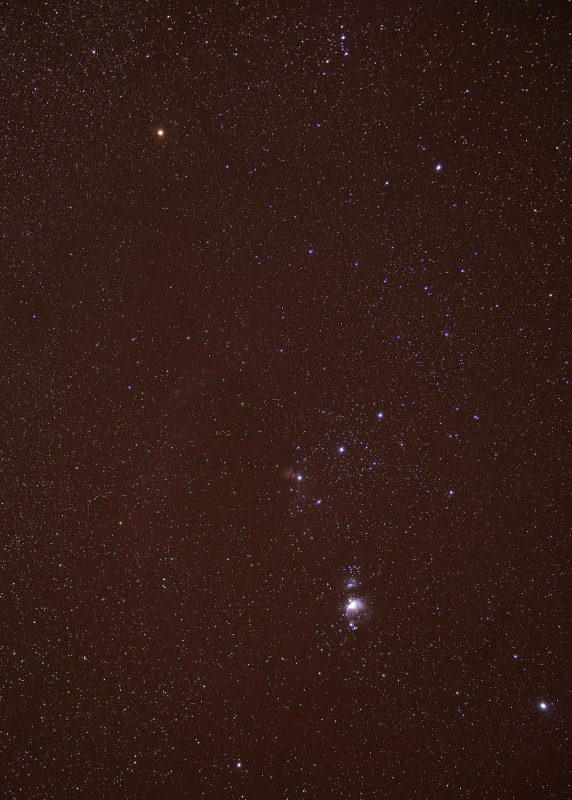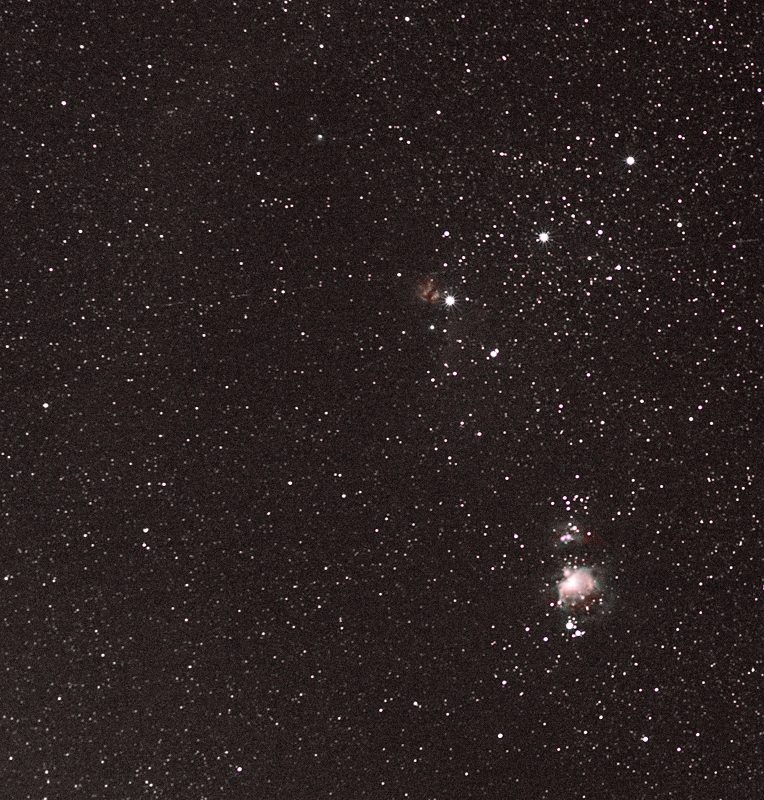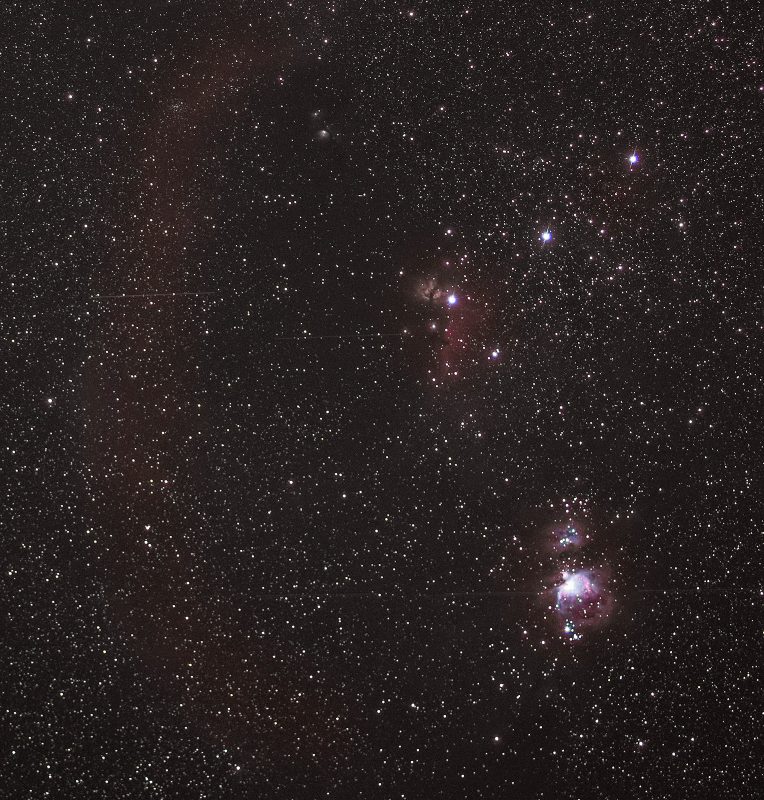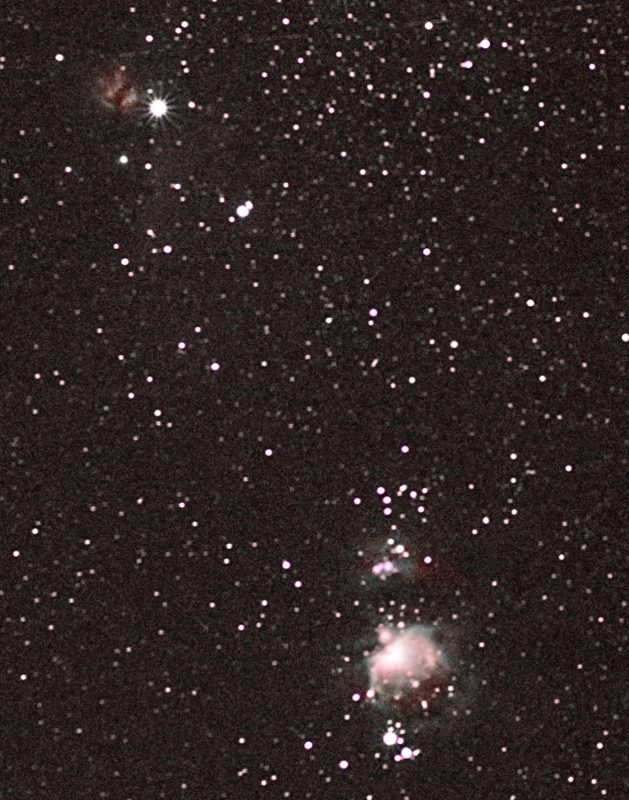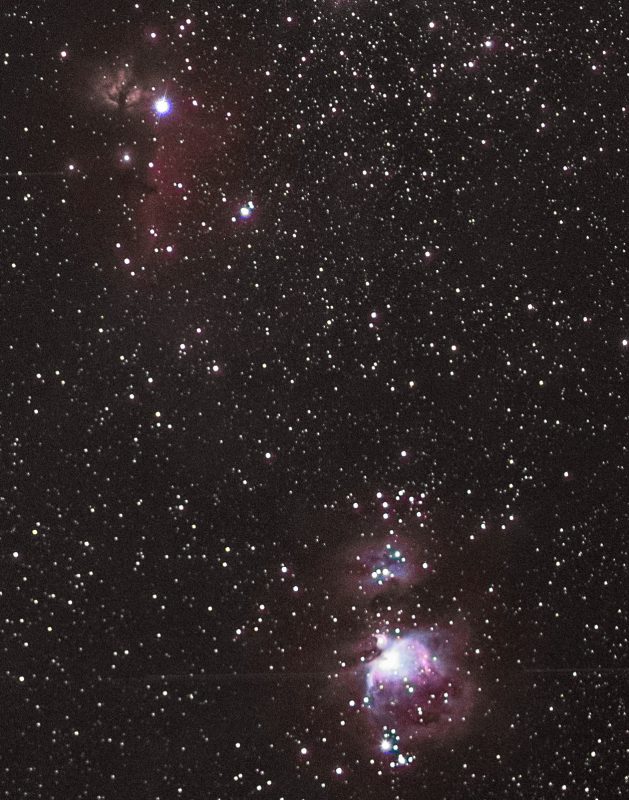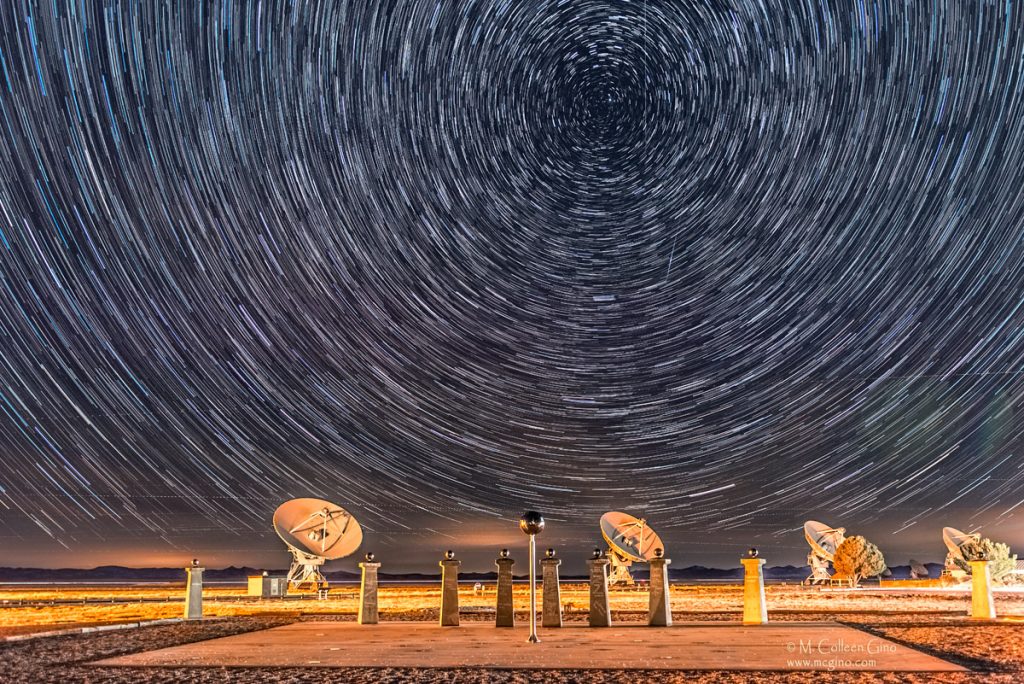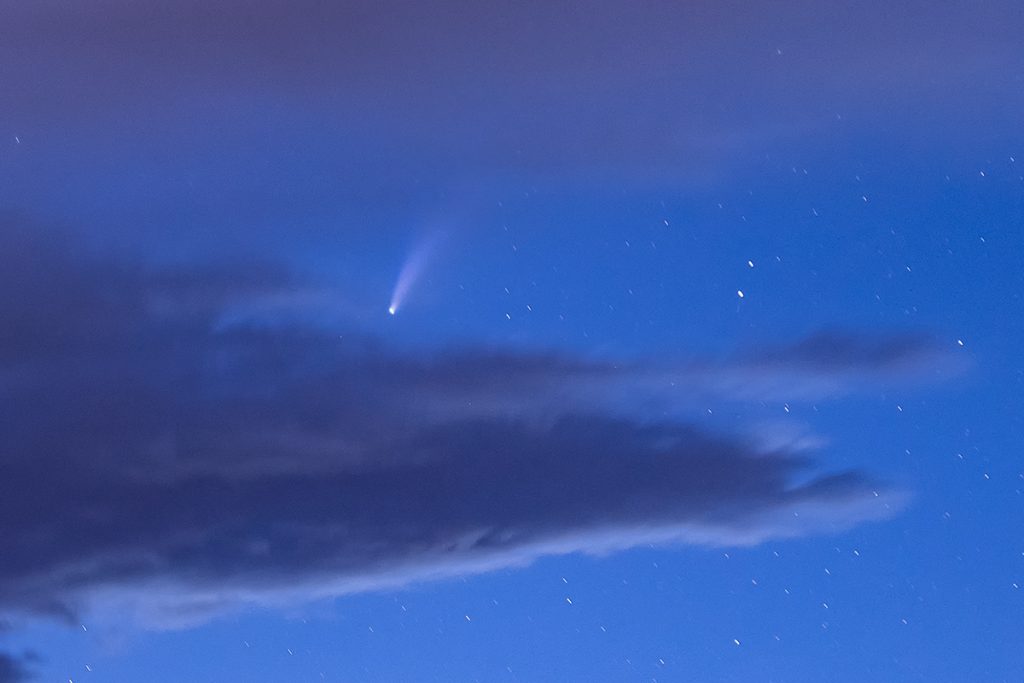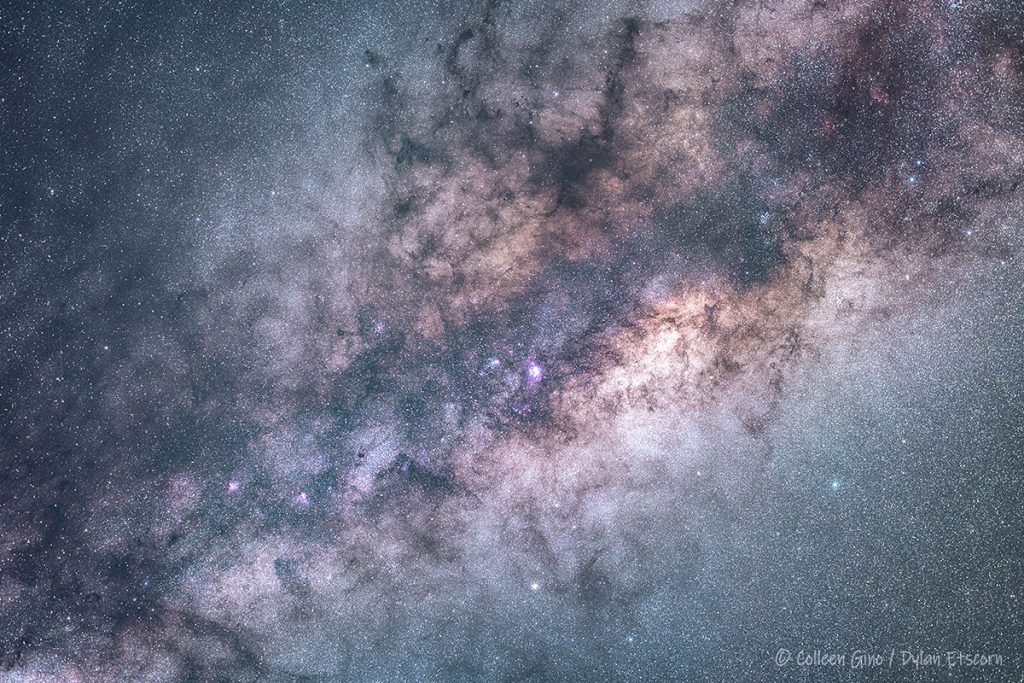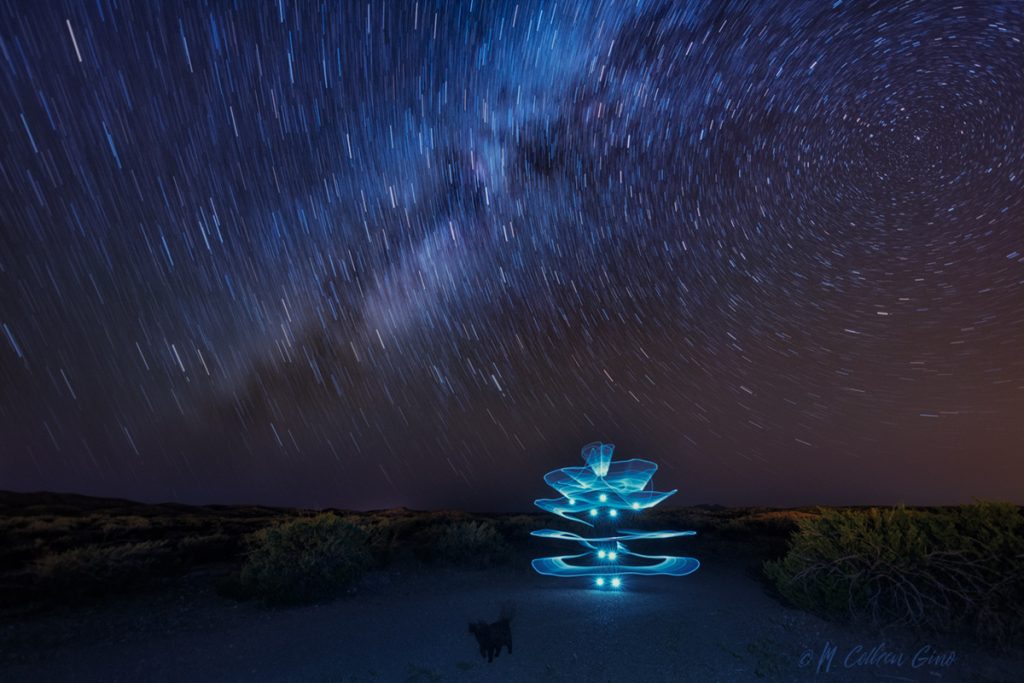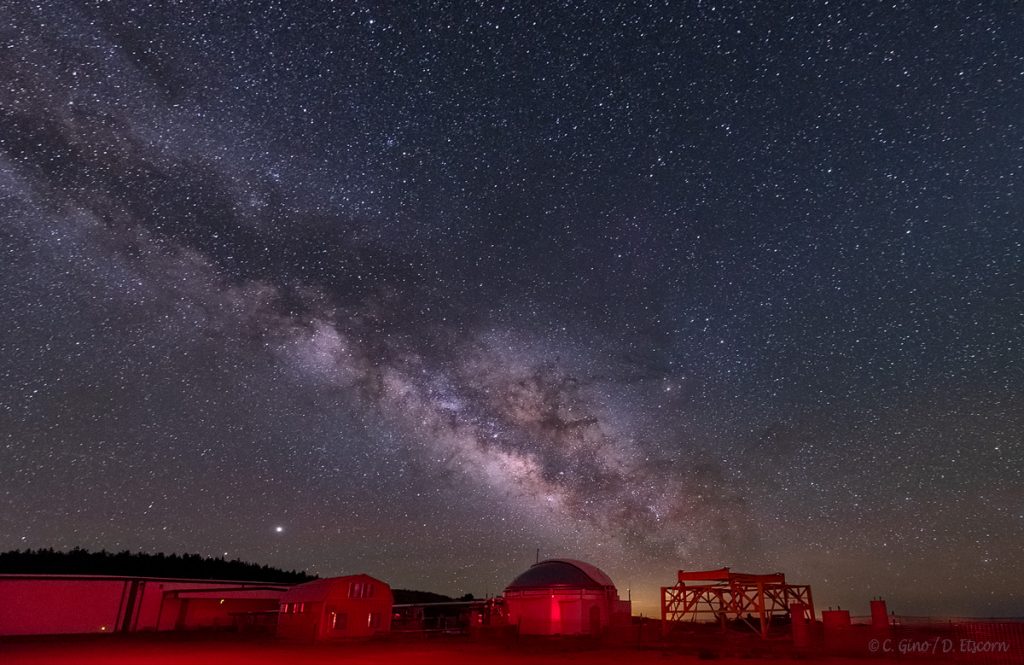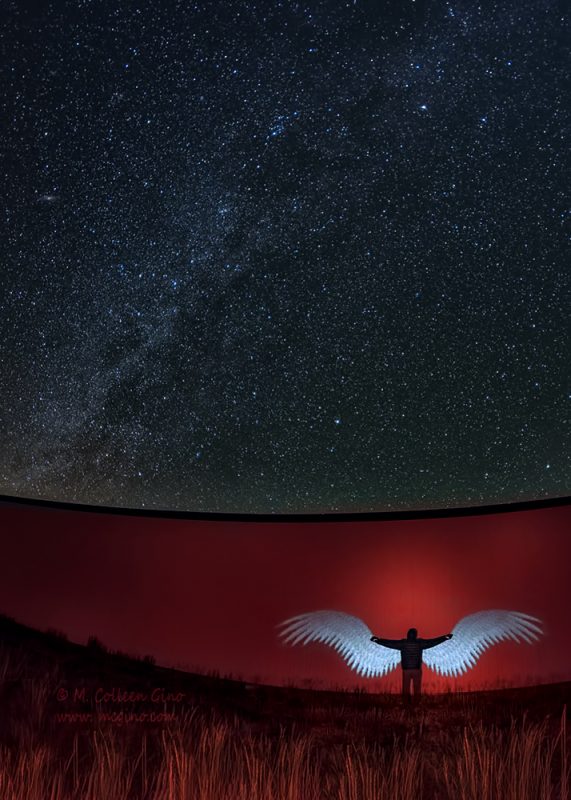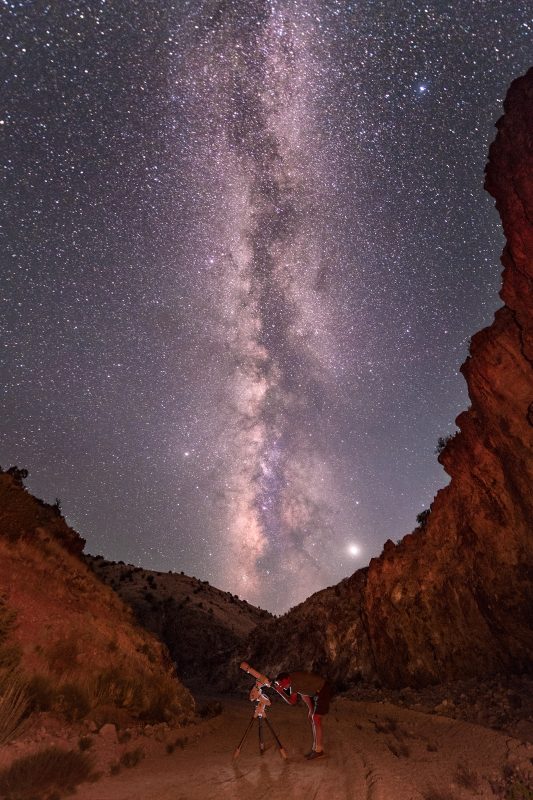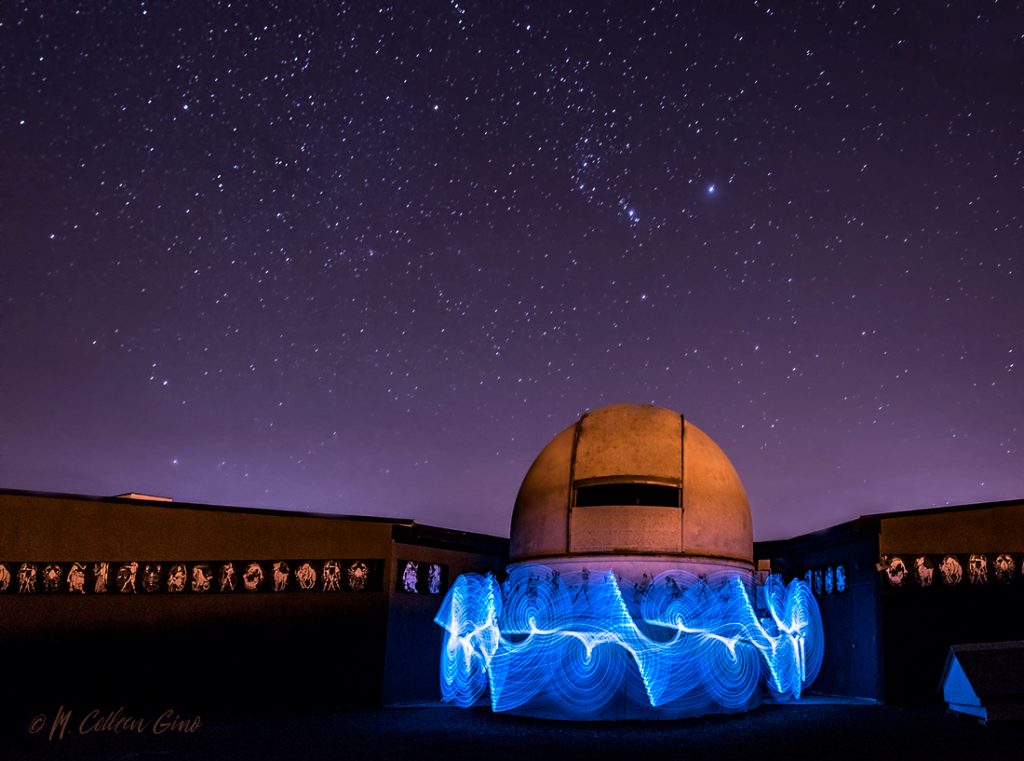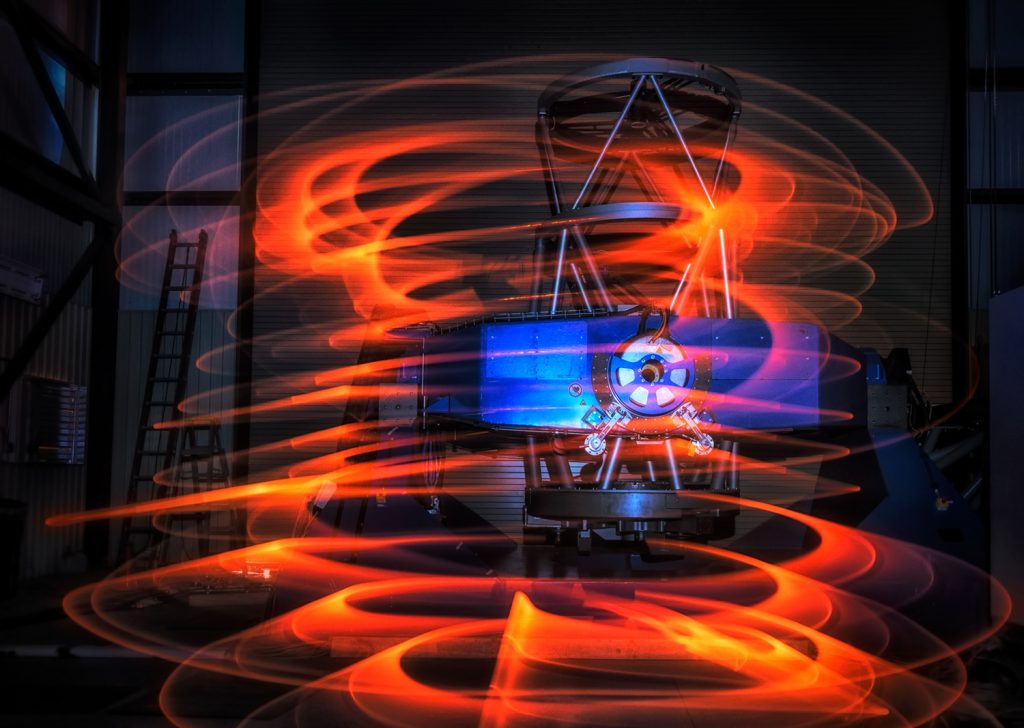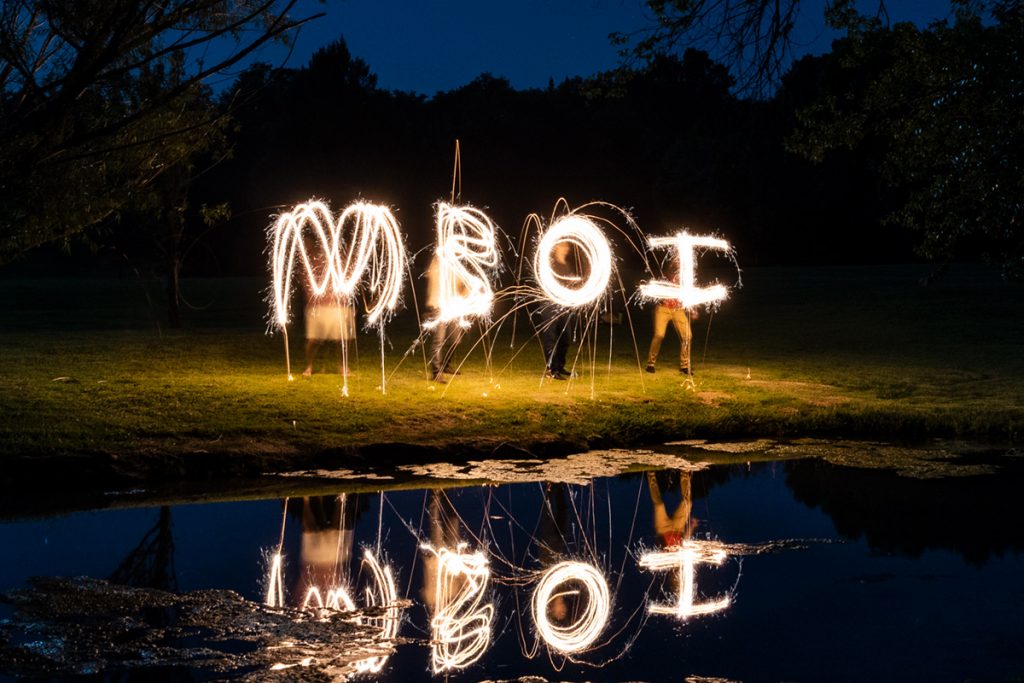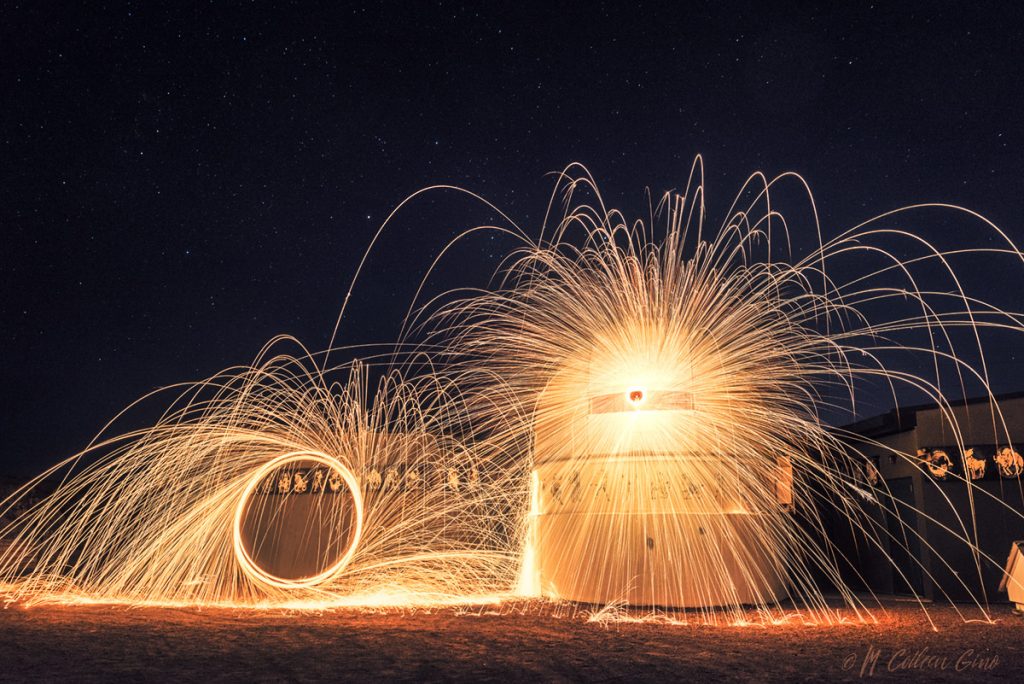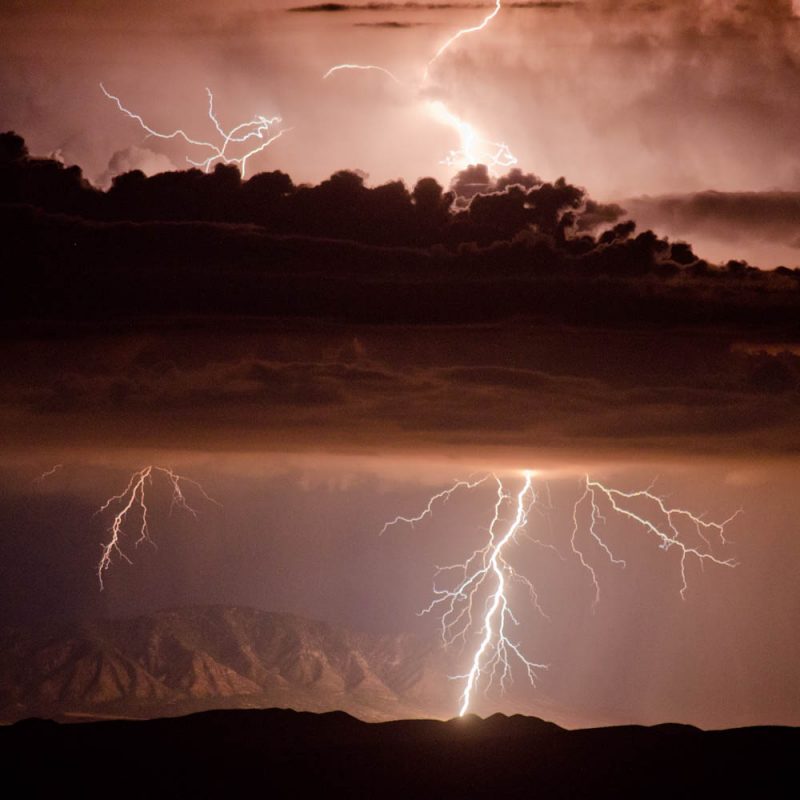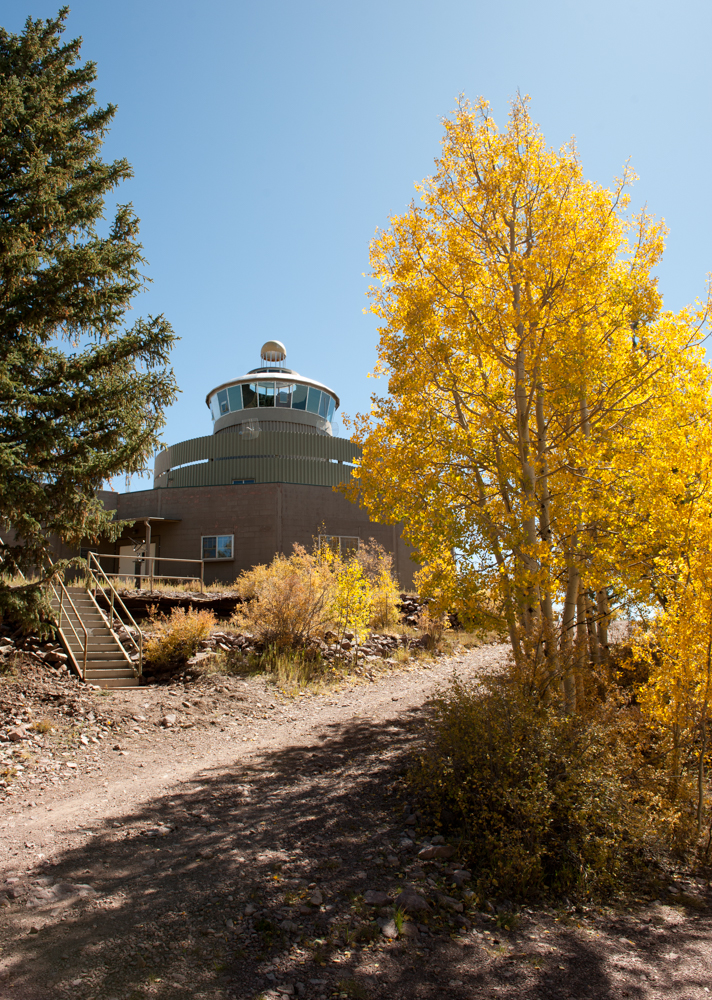Twilight is more than a seriously successful but silly series of movies about vampires, and Twilight Time is more than a song by The Platters. Twilight refers to a very specific time of day; the time of day when the Sun is below the horizon but our atmosphere is still illuminated to some degree by sunlight. This happens twice a day at the transition from day to night (dusk), then again in the transition from night to day (dawn). These twilight periods at dusk and dawn are further separated into three time periods: civil twilight, nautical twilight, and astronomical twilight.
Civil twilight begins in the morning when the center of the Sun is 6° below the horizon, and ends when the Sun rises. In the evening, civil twilight begins when the Sun sets and ends when the center of the Sun is 6° below the horizon. This form of twilight has the brightest sky, and barring other conditions such as clouds or fog, there’s enough sunlight to continue outdoor activities without artificial light. At this time the brightest stars and planets can be seen as well.
During nautical twilight, the sky is getting noticeably darker, but the horizon is still visible. While not fully dark, you’ll likely need a form of artificial light to conduct outdoor activities, and the sky is dark enough for sailors to make nautical readings based on the stars, thus the term “nautical twilight”. After sunset, nautical twilight begins when the center of the Sun drops 6° below the horizon and ends when it is 12° degrees below the horizon. Similarly, it begins in the morning when the center of the Sun is 12° below the horizon and ends when it is 6° below the horizon.

Finally, astronomical twilight is dark enough to be indiscernible from total darkness for the average observer, particularly in a light polluted sky. The horizon is no longer visible, and many faint stars and celestial objects can be seen. However, the sky is not fully dark in the evening until the center of the Sun is 18° below the horizon; you have to wait until this point to see the faintest celestial objects. The sky remains fully dark until the Sun is less than 18° below the horizon in the morning. The chart above illustrates the different types of twilight and their corresponding solar angles (not to scale).
Now that we have the different types of twilight covered, I’d like to once again share one of my favorite tools to get the times for these events, LunaSolCal. In a previous blog post I talked about how useful I find this app to be for telling sunrise and sunset times, moonrise, moonset, and lunar phase information, and much more. LunaSolCal is available for both iOS and Android devices. As you can see in the print screen below, when you choose the “Sun” tab, the app displays not only the time of sunrise and sunset for your chosen date and location, but the times for the three types of twilight as well. This app is one of the best free tools I’ve come across, and I heartily recommend it!
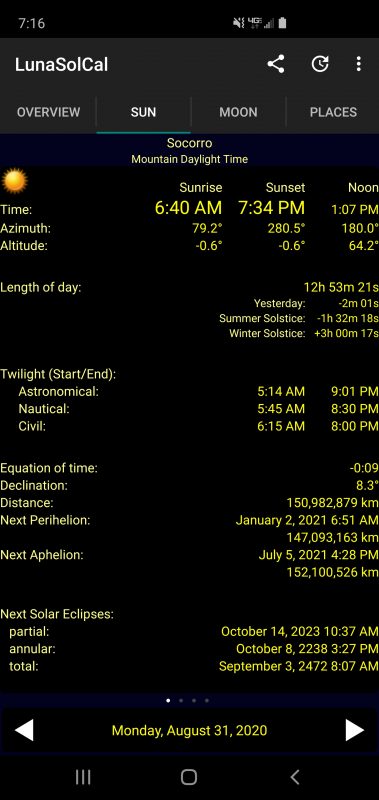
M. Colleen Gino, MRO Assistant Director of Outreach and Communications
